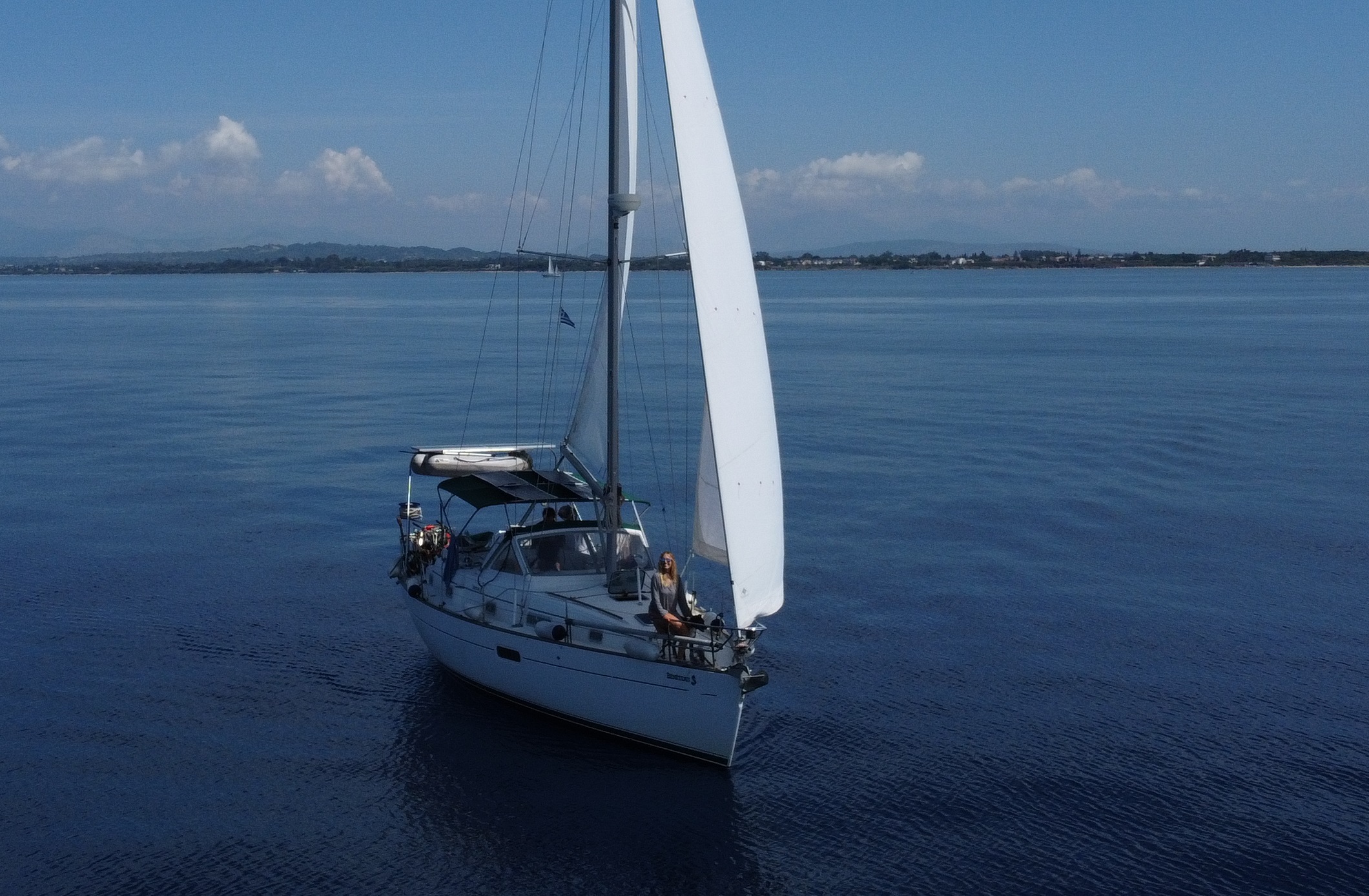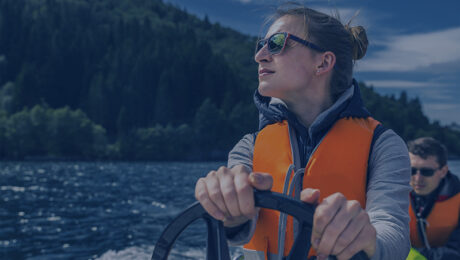There are a lot of things that can be said about anchoring: anchor types, soil types, how to anchor in different sea conditions, and more.
Today I’ll try to talk about most of the subjects that are related to anchoring and give some tips that we've learned along the (hard) way.
First of all, there are a lot of types of anchors. Each one has advantages and disadvantages, and every anchor shape is designed to fit a different sea bottom surface.
What type of bottoms do we have? Sandy, rocky, muddy, and seaweed….to name a few.
In many places, you’ll find a mix of two or more kinds.
If you have an anchor that is designed for a sandy bottom for instance, and you anchor in a different type of ground, you might have a problem that the anchor won't hold. The best option, in that case, is to look for a sandy patch and to make sure you put your anchor there. When we finish anchoring, we double-check that the anchor is located in a good spot and that has “caught” the ground.
You can do that in several ways: 1) by touching the anchor chain and trying to feel if it drags. If it does, that means it didn’t catch and you might need to re-anchor. Another way is to go snorkeling above the anchor or if the water is too cold, by looking above it with a dinghy.
Is there an ideal depth?
We found that we feel the most comfortable anchoring in relatively shallow water. Of course, this depth changes according to your draft so now I’ll talk about my boat. My boat's draft is 1.6 m so for me it's ideal to anchor at a depth of 4-7m.
Another point to consider is anchoring in the high sea. I would prefer anchoring in a deeper bottom so I won’t bang my bottom into the ground. Water depth will determine the correct amount of rope that needs to be released into the water.
There is a finger rule that says that if the depth you’re anchoring in is under 10m you need to release about 3 times more rope than the water depth when possible.
Some general things about the moment of anchoring
The moment you take your anchor down, you have to stop and your bow has to face toward the wind. Then you start to go in reverse. If you reverse too slowly, you’ll lose your control over the boat.
When we anchored for the first time, I was very stressed. It was mid-day in the summer in Greece so the wind just started to blow. When we reached the anchorage point (which was very busy at the time) the wind was already 20 knots. I thought that the best would be to do everything as slowly as possible, obviously, I was wrong. With such a strong wind I had no control over my boat and eventually I almost banged the vessels around me.
The best tip I have about anchoring is to do it fast enough. The meaning is always to be in control over your vessel. If you lose control that means that your rate was too slow.
Especially when the wind is strong. Anchoring quickly is important. In order to do so, you need to release your chain faster than the electric winch. You need to do it manually.
Different ways to anchor
The easiest way to anchor (and safest, in my opinion too) is a regular anchor. You are 360 degrees free. If you’re in a small bay and can't let your boat turn freely, then you can do med-anchoring, which means to anchor in the bow and one or two lines from the stern to the shore. But it has its downsides as well. If wind starts from the side of your boat the anchor can drag because the force that acts on it is much greater.


